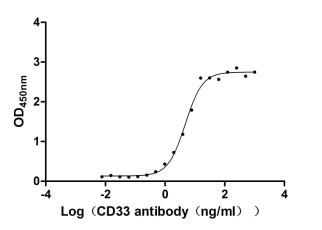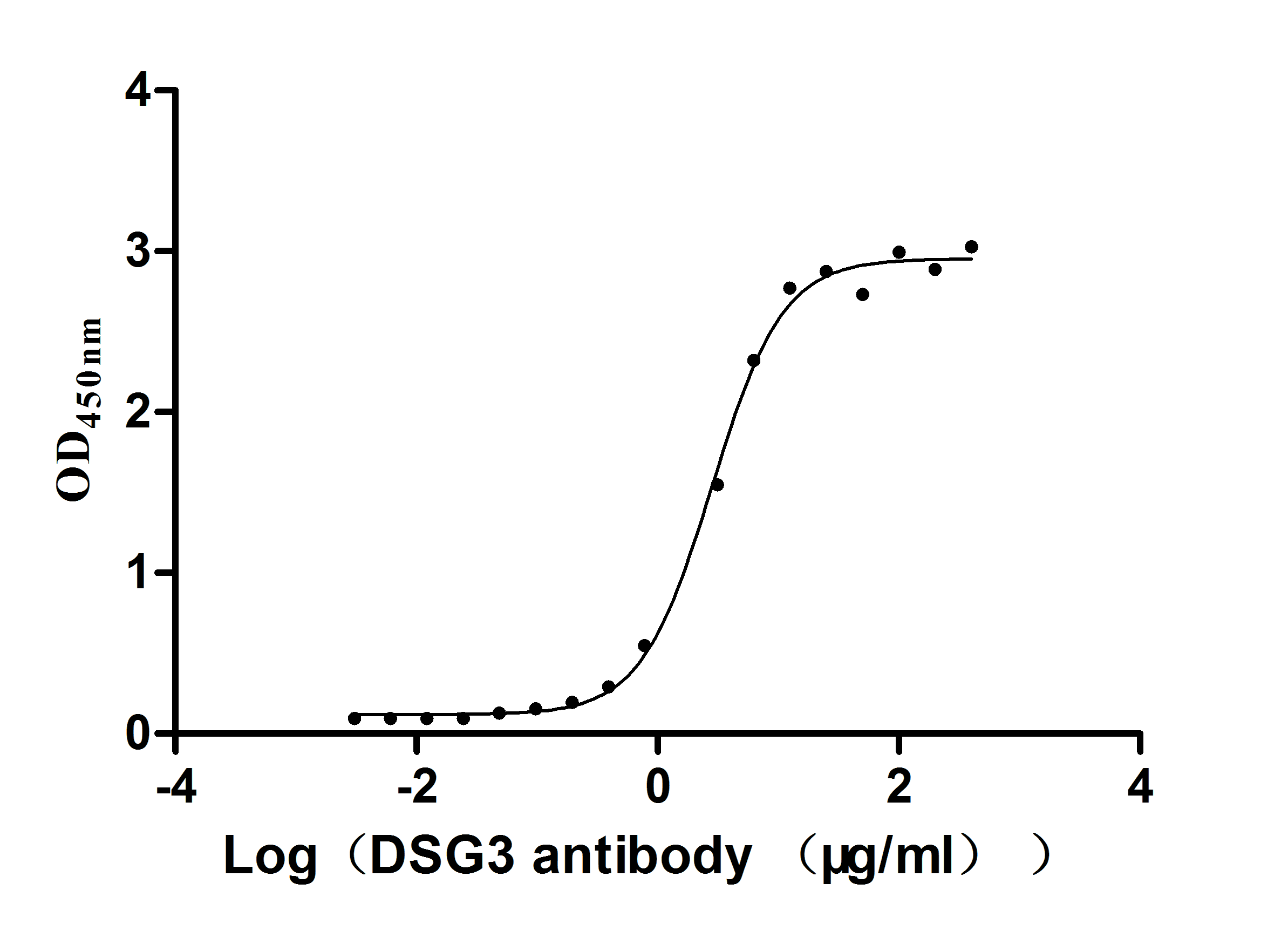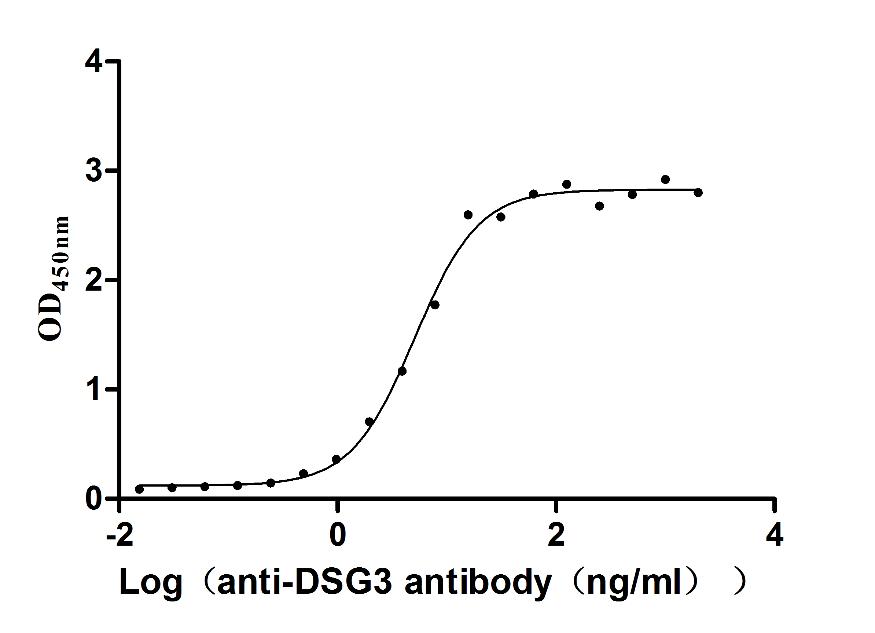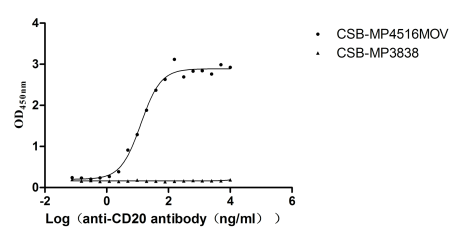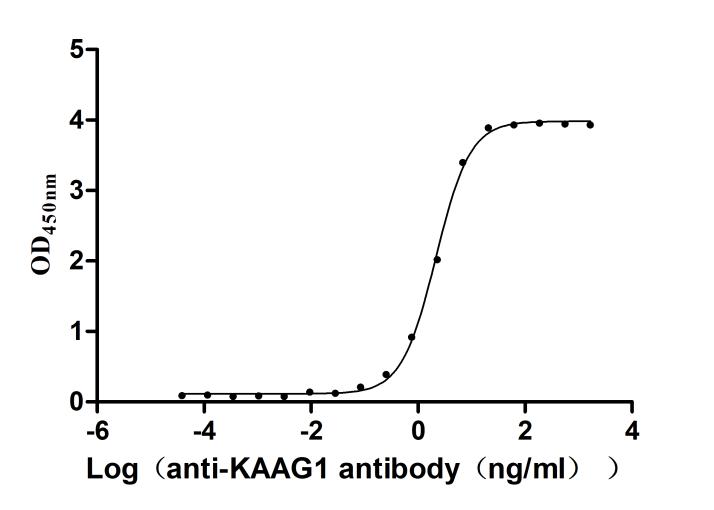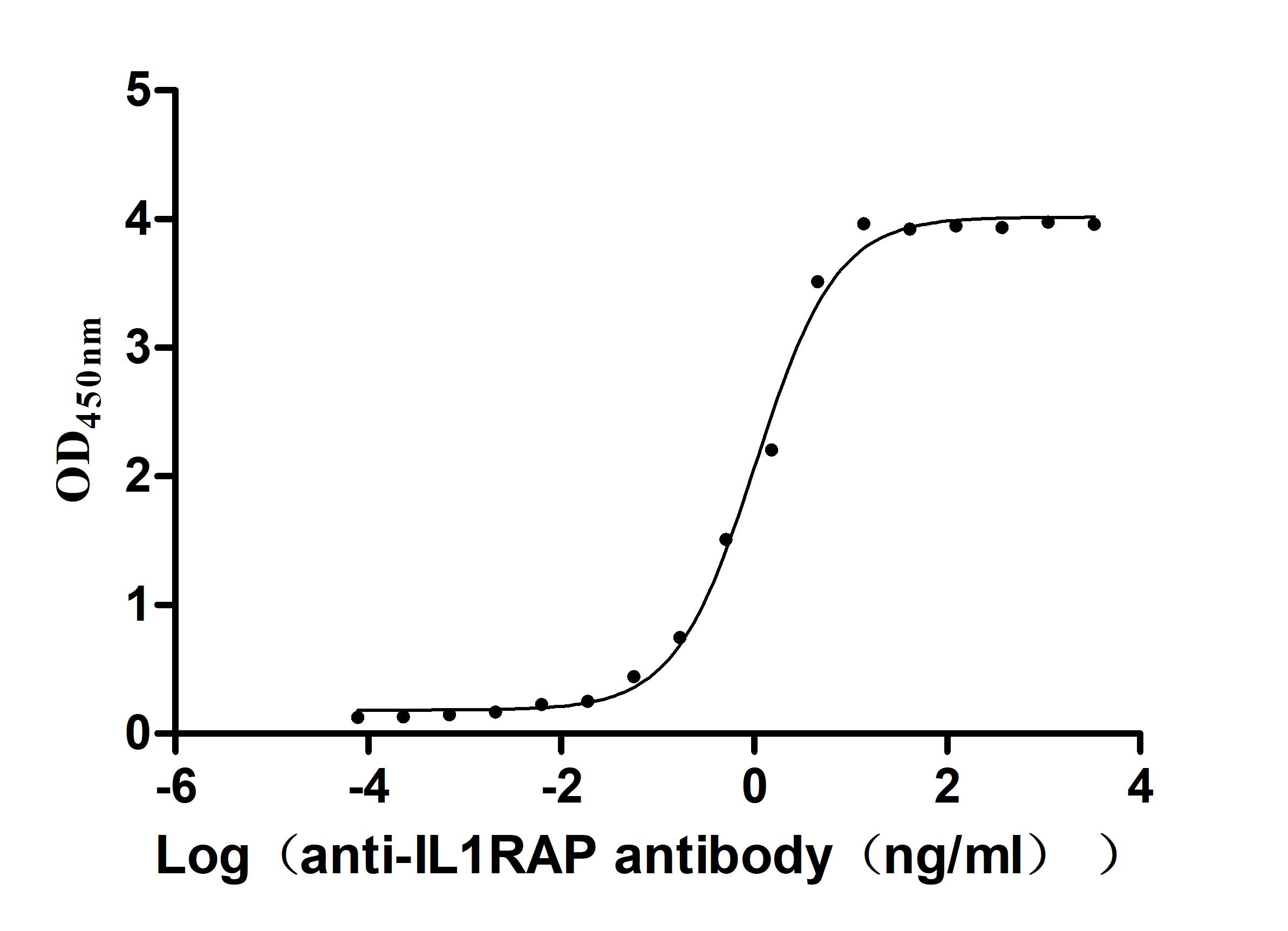Recombinant Human Arfaptin-2 (ARFIP2)
-
中文名稱:Recombinant Human Arfaptin-2(ARFIP2)
-
貨號:CSB-YP002003HU
-
規(guī)格:
-
來源:Yeast
-
其他:
-
中文名稱:Recombinant Human Arfaptin-2(ARFIP2)
-
貨號:CSB-EP002003HU
-
規(guī)格:
-
來源:E.coli
-
其他:
-
中文名稱:Recombinant Human Arfaptin-2(ARFIP2)
-
貨號:CSB-EP002003HU-B
-
規(guī)格:
-
來源:E.coli
-
共軛:Avi-tag Biotinylated
E. coli biotin ligase (BirA) is highly specific in covalently attaching biotin to the 15 amino acid AviTag peptide. This recombinant protein was biotinylated in vivo by AviTag-BirA technology, which method is BriA catalyzes amide linkage between the biotin and the specific lysine of the AviTag.
-
其他:
-
中文名稱:Recombinant Human Arfaptin-2(ARFIP2)
-
貨號:CSB-BP002003HU
-
規(guī)格:
-
來源:Baculovirus
-
其他:
-
中文名稱:Recombinant Human Arfaptin-2(ARFIP2)
-
貨號:CSB-MP002003HU
-
規(guī)格:
-
來源:Mammalian cell
-
其他:
產(chǎn)品詳情
-
純度:>85% (SDS-PAGE)
-
基因名:ARFIP2
-
Uniprot No.:
-
別名:ADP ribosylation factor interacting protein 2; ADP-ribosylation factor-interacting protein 2; Arfaptin 2; Arfaptin-2; ARFIP2; ARFP2_HUMAN; FLJ18046; FLJ18697; FLJ99239; Partner of RAC1; POR1; Protein POR1
-
種屬:Homo sapiens (Human)
-
蛋白長度:Full length protein
-
表達區(qū)域:1-341
-
氨基酸序列MTDGILGKAA TMEIPIHGNG EARQLPEDDG LEQDLQQVMV SGPNLNETSI VSGGYGGSGD GLIPTGSGRH PSHSTTPSGP GDEVARGIAG EKFDIVKKWG INTYKCTKQL LSERFGRGSR TVDLELELQI ELLRETKRKY ESVLQLGRAL TAHLYSLLQT QHALGDAFAD LSQKSPELQE EFGYNAETQK LLCKNGETLL GAVNFFVSSI NTLVTKTMED TLMTVKQYEA ARLEYDAYRT DLEELSLGPR DAGTRGRLES AQATFQAHRD KYEKLRGDVA IKLKFLEENK IKVMHKQLLL FHNAVSAYFA GNQKQLEQTL QQFNIKLRPP GAEKPSWLEE Q
-
蛋白標簽:Tag?type?will?be?determined?during?the?manufacturing?process.
The tag type will be determined during production process. If you have specified tag type, please tell us and we will develop the specified tag preferentially. -
產(chǎn)品提供形式:Lyophilized powder
Note: We will preferentially ship the format that we have in stock, however, if you have any special requirement for the format, please remark your requirement when placing the order, we will prepare according to your demand. -
復溶:We recommend that this vial be briefly centrifuged prior to opening to bring the contents to the bottom. Please reconstitute protein in deionized sterile water to a concentration of 0.1-1.0 mg/mL.We recommend to add 5-50% of glycerol (final concentration) and aliquot for long-term storage at -20℃/-80℃. Our default final concentration of glycerol is 50%. Customers could use it as reference.
-
儲存條件:Store at -20°C/-80°C upon receipt, aliquoting is necessary for mutiple use. Avoid repeated freeze-thaw cycles.
-
保質(zhì)期:The shelf life is related to many factors, storage state, buffer ingredients, storage temperature and the stability of the protein itself.
Generally, the shelf life of liquid form is 6 months at -20°C/-80°C. The shelf life of lyophilized form is 12 months at -20°C/-80°C. -
貨期:Delivery time may differ from different purchasing way or location, please kindly consult your local distributors for specific delivery time.Note: All of our proteins are default shipped with normal blue ice packs, if you request to ship with dry ice, please communicate with us in advance and extra fees will be charged.
-
注意事項:Repeated freezing and thawing is not recommended. Store working aliquots at 4°C for up to one week.
-
Datasheet :Please contact us to get it.
相關(guān)產(chǎn)品
靶點詳情
-
功能:Plays a role in constitutive metalloproteinase (MMP) secretion from the trans Golgi network. May have important functions during vesicle biogenesis at certain cargo subdomains, which could be predominantly utilized by secreted MMPs, such as MMP7 and MMP2. Also involved in autophagy by regulating the starvation-dependent trafficking of ATG9A vesicles which deliver the phosphatidylinositol 4-kinase beta (PI4KB) to the autophagosome initiation site. In addition, plays a role in NF-kappa-B inhibition by interacting with IKBKB and IKBKG.
-
基因功能參考文獻:
- The data indicate that arfaptin 2 is the first molecule to regulate NF-kappaB signaling by interacting with the functional IkappaB kinase complex but not by direct inhibiting IKKbeta phosphorylation. PMID: 26296658
- both Arf1 activation and high membrane curvature are required for efficient recruitment of Arfaptin2 to membranes PMID: 23638170
- The binding of arfaptin1, but not arfaptin2, to PI(4)P is regulated by protein kinase D (PKD) mediated phosphorylation at Ser100 within the AH. PMID: 23695357
- The Arl1.Arfaptin-2 BAR structure suggests that one of the two Arl1 molecules competes with Rac1, which binds to the concave face of the Arfaptin-2 BAR homodimer and may hinder its membrane association. PMID: 22679020
- arfaptin 2 is involved in regulating huntingtin protein aggregation PMID: 11854752
- arfaptin 2 phosphorylation at Ser260 by Akt inhibits PolyQ-huntingtin-induced toxicity by rescuing proteasome impairment PMID: 15809304
顯示更多
收起更多
-
亞細胞定位:Golgi apparatus. Golgi apparatus, trans-Golgi network membrane.
-
數(shù)據(jù)庫鏈接:
Most popular with customers
-
Recombinant Human Myeloid cell surface antigen CD33 (CD33), partial (Active)
Express system: Mammalian cell
Species: Homo sapiens (Human)
-
Recombinant Mouse Desmoglein-3 (Dsg3), partial (Active)
Express system: Mammalian cell
Species: Mus musculus (Mouse)
-
Recombinant Human Desmoglein-3 (DSG3), partial (Active)
Express system: Baculovirus
Species: Homo sapiens (Human)
-
Recombinant Macaca fascicularis Membrane spanning 4-domains A1 (MS4A1)-VLPs (Active)
Express system: Mammalian cell
Species: Macaca fascicularis (Crab-eating macaque) (Cynomolgus monkey)
-
Recombinant Macaca fascicularis Gastric inhibitory polypeptide receptor (GIPR), partial (Active)
Express system: yeast
Species: Macaca fascicularis (Crab-eating macaque) (Cynomolgus monkey)
-
Recombinant Human Kidney-associated antigen 1 (KAAG1) (Active)
Express system: E.coli
Species: Homo sapiens (Human)
-
Recombinant Macaca fascicularis Interleukin 1 receptor accessory protein(IL1RAP), partial (Active)
Express system: Mammalian cell
Species: Macaca fascicularis (Crab-eating macaque) (Cynomolgus monkey)
-
Recombinant Human C-C chemokine receptor type 5 (CCR5)-VLPs (Active)
Express system: Mammalian cell
Species: Homo sapiens (Human)


